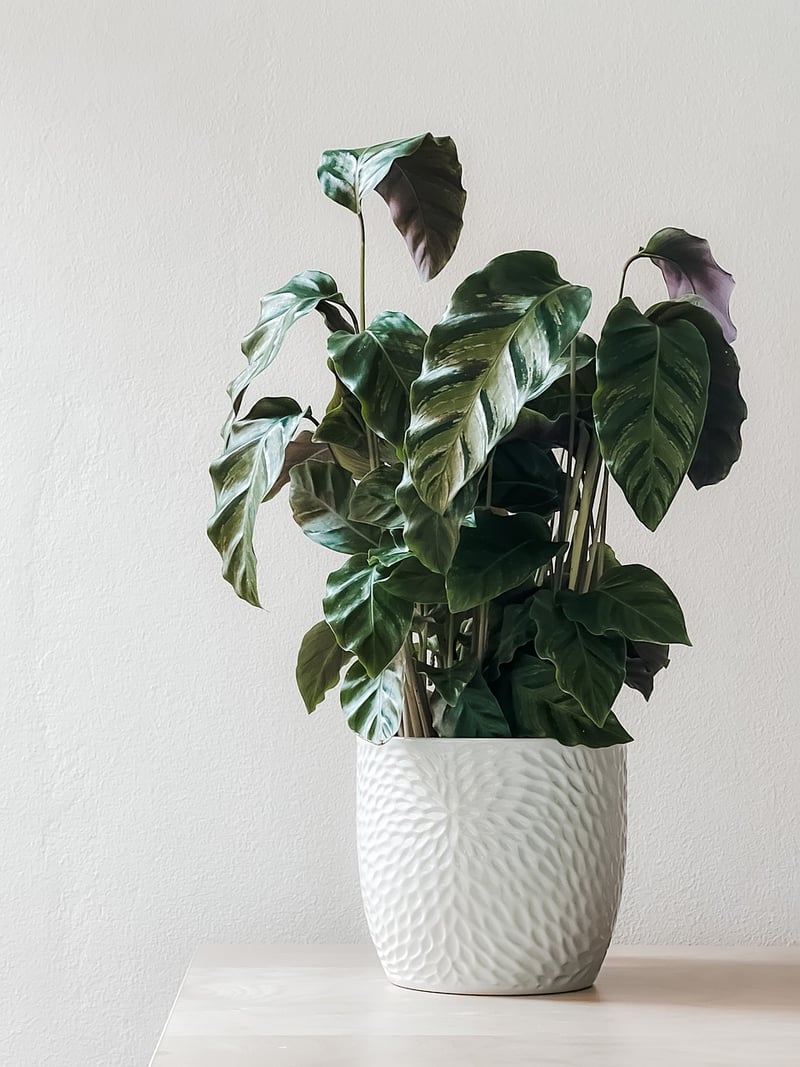Watering Guide
Nurture Your Plants: A Comprehensive Watering Guide
Plants are a beautiful addition to any living space, but to keep them thriving, it's essential to provide the right amount of water. Overwatering or underwatering can harm your plants, so it's crucial to understand the watering needs of different plant types. This watering guide will help you nurture your plants and keep them healthy and vibrant.
1. Know Your Plant's Watering Needs
Before watering your plants, it's important to know the specific watering requirements of each plant species. Some plants prefer moist soil at all times, while others need to dry out between waterings. Research the needs of your plants to avoid overwatering or underwatering.
2. Check the Soil Moisture
One of the best ways to determine if your plant needs water is to check the soil moisture. Insert your finger into the soil up to a few inches. If the soil feels dry at this depth, it's time to water your plant. If it's still moist, wait a few more days before watering again.
3. Watering Techniques
When watering your plants, aim to water the soil directly at the base of the plant. Avoid getting water on the leaves, as this can lead to fungal diseases. Water until you see excess water draining out of the bottom of the pot, ensuring that the roots receive an adequate amount of water.
4. Use the Right Watering Tools
Use a watering can with a long spout or a watering wand to ensure that water reaches the base of the plant without splashing on the leaves. For larger plants, consider using a watering hose with a gentle spray attachment to provide even watering.
5. Consider the Environment
Take into account the environmental conditions when watering your plants. Plants may need more frequent watering in hot, dry conditions, while they may require less water in cool, humid environments. Adjust your watering schedule based on the season and climate.
6. Monitor Your Plants
Regularly monitor your plants for signs of overwatering or underwatering. Wilting, yellowing leaves, and mold growth are indicators of overwatering, while dry, crispy leaves suggest underwatering. Adjust your watering routine accordingly to keep your plants healthy.

By following this comprehensive watering guide, you can nurture your plants effectively and promote their growth and vitality. Remember that each plant is unique, so observe and adjust your watering practices to meet the specific needs of your green companions. Happy gardening!
